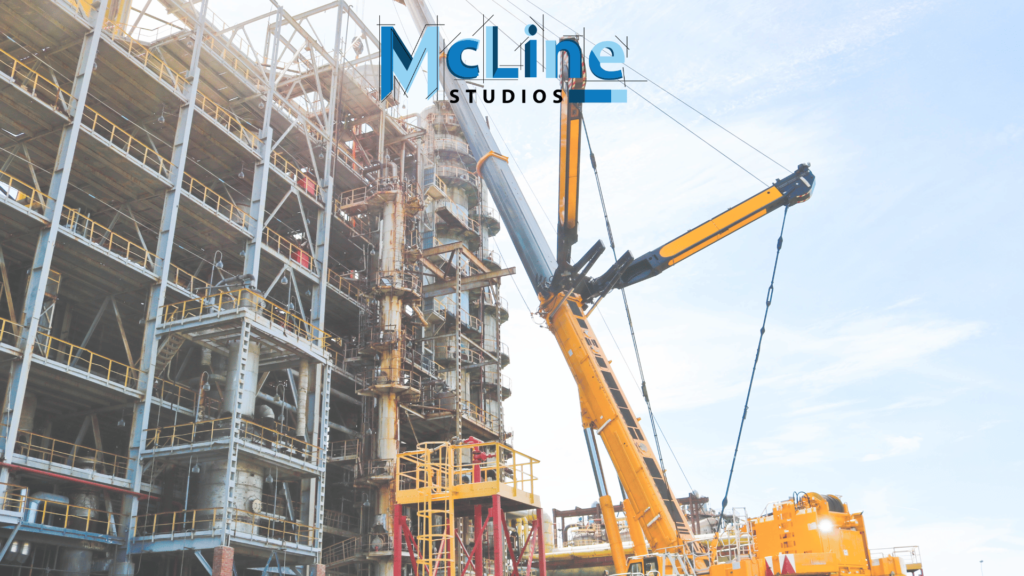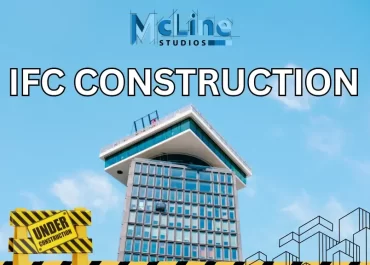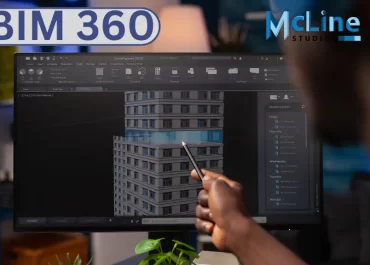Construction projects undergo many changes from conception to completion. The original design documents, such as architectural plans and engineering drawings, represent the intended final product but rarely match the finished building exactly. As-built drawings document the actual conditions of the completed structure. They are vital records that capture the final layout, dimensions, materials, and key details.
As-built drawings are essential references for renovations, maintenance, operations, and legal purposes for building owners and facility managers. They provide an accurate record of existing conditions to guide any future work. As infrastructure ages, these drawings become even more valuable.
Creating and maintaining as-built drawings is a systematic process that requires collaboration between contractors, tradespeople, architects, and engineers. This expert guide will outline the key steps involved in producing accurate as-built drawings that reflect the completed state of a building or facility. It covers best practices for updating plans during construction, verifying field conditions, coordinating drawings across disciplines, leveraging technology tools, and more.
With the insights provided in this guide, construction stakeholders can implement efficient as-built drawing procedures for their projects. Complete and reliable as-built documentation is a critical component of every construction project. It allows building owners and managers to properly operate, maintain, and modify their properties over decades of use.
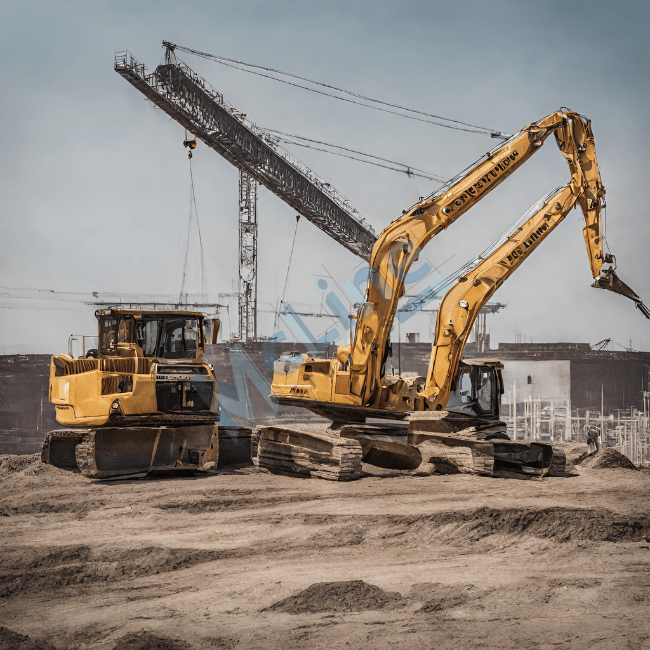
What are As-Built Drawings?
As-built drawings are updated versions of architectural, engineering, or construction plans created after a project is finished to document the final constructed state, including any changes from the original design drawings. They reflect modifications due to unforeseen conditions, cost savings, or other alterations during construction.
As-builts provide an accurate record of the dimensions, locations, routing, and placement of building elements, systems, and components in the completed project. They are produced by contractors marking up plans in red pen or re-drawing if major changes occur. As-builts are essential records for owners and facility managers to understand exactly what was built in case future repairs or renovations are needed.
They indicate concealed element locations. As-builts are typically required before occupancy as part of construction documentation and are kept on file for compliance and maintenance purposes. In summary, as-built drawings are revised plans reflecting the actual final constructed state of a building and any differences from the original intended design, providing a complete record of what was built for future reference.
Importance of As-Built Drawings
- Record actual conditions – As-built drawings document the exact dimensions, location, and details of a completed construction project as it was built. This provides an accurate record of the final product.
- Support maintenance and operations – As-builts are critical for those who will operate and maintain the facility going forward. They allow workers to know exact equipment locations, access points, concealed elements, etc. to properly maintain systems.
- Aid future modifications – When modifications, additions, or renovations are required in the future, as-built drawings provide essential information to engineers and contractors bidding and planning the work. They show what is already there to be worked around or modified.
- Track changes from design – As-built drawings highlight any changes made during construction compared to the original design plans and specifications. This helps identify discrepancies for current use but also for future reference.
- Meet legal/regulatory requirements – Some building codes and regulations require the submission of as-built drawings once a project is complete for permitting and compliance purposes. As-builts verify.
- Reduce risk – Accurate documentation reduces errors, unforeseen conditions, and unintended consequences when performing maintenance, repairs, or renovations down the road. As-builts reduce operational risks.
In summary, quality as-built drawings are a critical part of the construction process, providing an important ongoing record of the completed facility for operations, maintenance, regulatory, risk reduction, and future modification purposes. Investing in detailed as-builts pays dividends over the life of a building or facility.
What Should be in As-Built Drawings?
Here is a more detailed overview of what should be included in as-built drawings:
Dimensions
All critical dimensions should be verified and updated on the as-builts, including wall lengths, column spacing, room sizes, pipe routing, ductwork layouts, conduit locations, and any other significant dimensional detail. Horizontal dimensions for utility lines, equipment, walls, and other features should be provided based on benchmarked survey measurements.
Vertical dimensions are also crucial – floor elevations, ceiling heights, footing depths, trenching depths, and external grade elevations should be confirmed. Any dimensional discrepancies from the original design drawings should be noted.
Layouts for As-Built Drawings
The specific locations of all equipment, piping, conduits, light fixtures, drains, HVAC components, and architectural elements should be depicted accurately. As-built layouts will update the final installed positioning and placement of features that may have shifted from the original plans.
Layouts should provide accurate coordinates, locate all concealed internal building components, and capture external locations of manholes, valves, pull boxes, and other access points.
Specifications
The specific brands, models, capacities, materials grades, and other detailed specifications for equipment, materials, and products installed should be documented. Any substitutions or variances from the original specifications submitted during design should be highlighted.
Revisions
Where changes occurred during construction, the as-builts should indicate revisions through clouds, deltas, or notes. Modifications to architectural elements, equipment swaps, piping reroutes, electrical redesigns, or layout alterations should be depicted. Change orders releasing the contractor to deviate from plans should be referenced.
Depths
Foundation, footing, and excavation depths should be updated with as-built values. The depth of buried utilities, underground storage tanks, drainage piping, and similar buried elements should be recorded. Finished floor elevations and final site grading levels should also be documented.
Finishes
The actual products, materials, types, colors, and finishes used should be documented, especially where substitutions were made. This includes flooring, wall coverings, roofing, insulation, exterior materials, and other finish specifications.
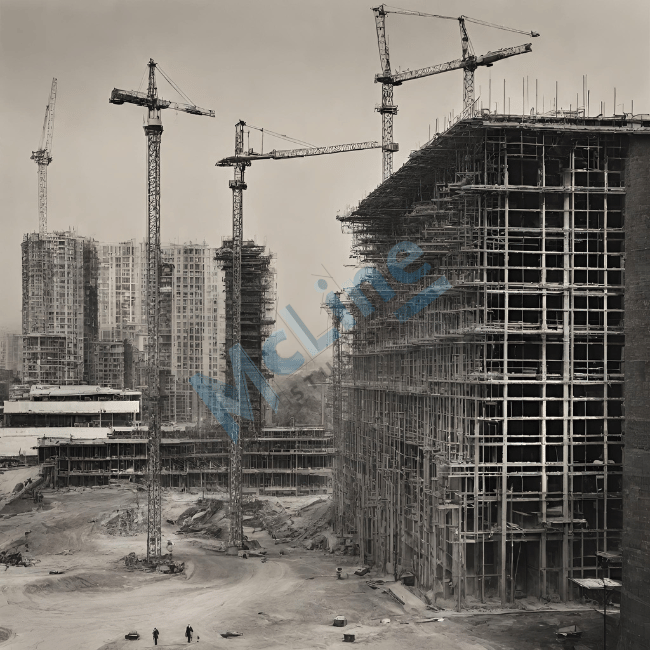
Service Connections
The locations, sizes, materials, and attributes of connections to main utilities such as electrical, water, sewer, gas, etc. must be documented. Meter and tap locations, as well as the routing of service lines to the building, should be accurately captured.
Hidden Elements
The locations of concealed and underground components that are difficult to identify visually in the finished construction should be recorded. This includes things like structural reinforcements, underground piping, electrical conduits inside walls, backflow preventers, access hatches, and fireproofing.
Access Points
As-builts should identify the locations of all equipment ports, manholes, vaults, valves, junction boxes, circuit panels, switchgear, and other access points that will be utilized in operating and maintaining systems.
The key is to thoroughly document all meaningful details that reflect the true final constructed state of the building or facility. Accurate as-builts are invaluable over the operating life of any project.
Conclusion
As-built drawings are an invaluable resource for understanding the details of a building’s construction and infrastructure. Having accurate as-builts makes maintenance, renovations, and operations significantly easier and more efficient.
While many companies offer as-built drawing services, it’s important to choose one with extensive experience and a reputation for high-quality work. McLine Studios has over a decade of experience producing detailed, accurate as-builts for all types of buildings and facilities. Our team of skilled technicians uses the latest scanning and drafting technologies to efficiently capture every part of a structure.
McLine Studios is dedicated to providing clients with as-built drawings that precisely document a building’s final constructed state. For critical infrastructure projects where precision matters, trust the as-built drawing experts at McLine Studios. Our commitment to accuracy and attention to detail deliver as-builts that become vital information sources for the lifetime of a building.

